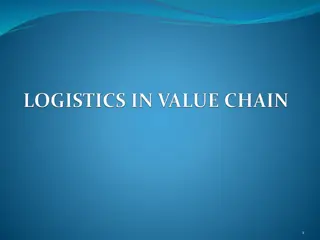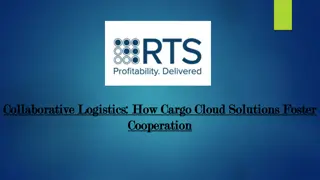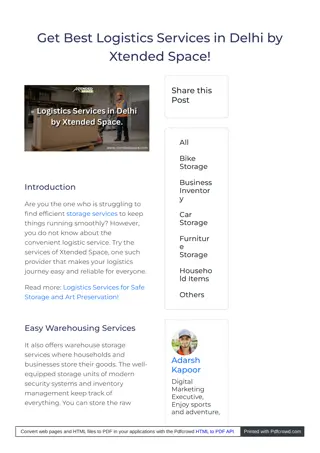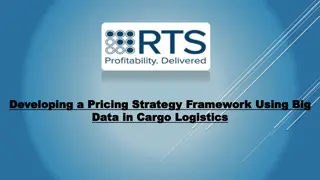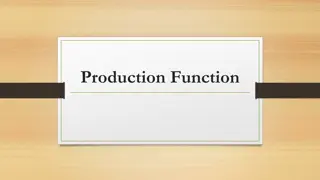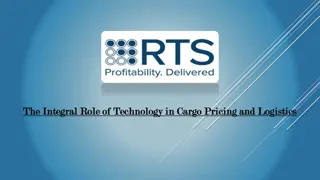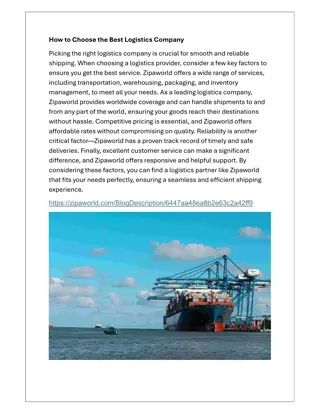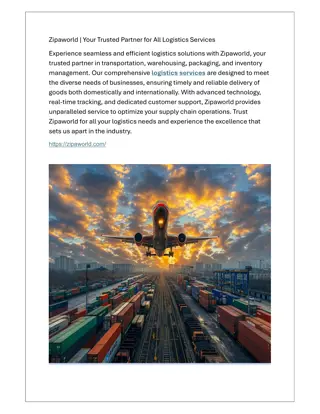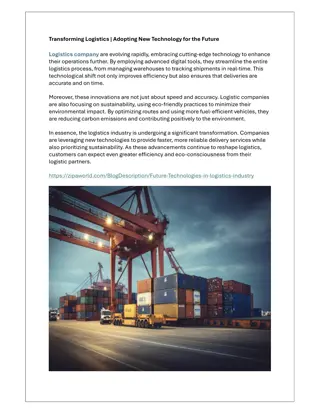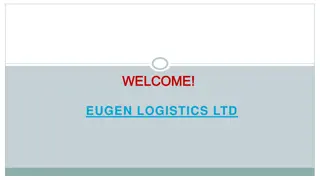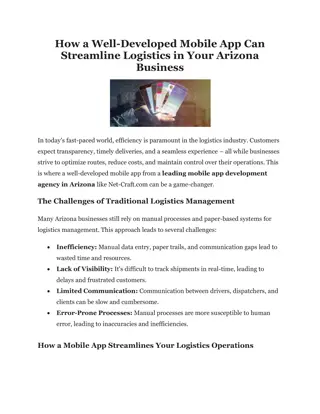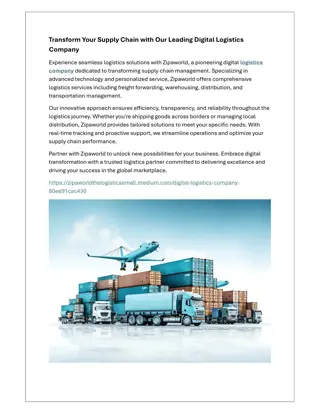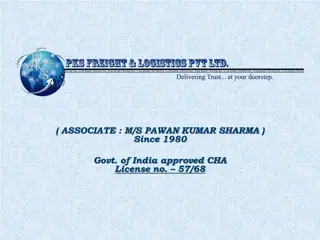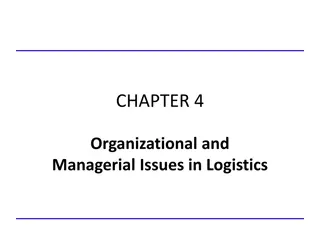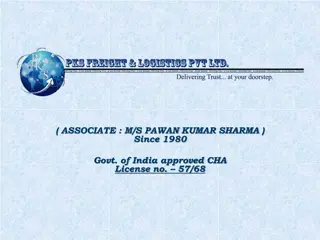
Optimizing Enterprise Systems for Efficient Logistics and Manufacturing Operations
"Explore the role of enterprise systems in enhancing logistics and manufacturing processes through production, recovery, recycling, sales, and procurement logistics. Learn how globalization impacts the supply chain and logistics operations." (287 characters)
Download Presentation

Please find below an Image/Link to download the presentation.
The content on the website is provided AS IS for your information and personal use only. It may not be sold, licensed, or shared on other websites without obtaining consent from the author. If you encounter any issues during the download, it is possible that the publisher has removed the file from their server.
You are allowed to download the files provided on this website for personal or commercial use, subject to the condition that they are used lawfully. All files are the property of their respective owners.
The content on the website is provided AS IS for your information and personal use only. It may not be sold, licensed, or shared on other websites without obtaining consent from the author.
E N D
Presentation Transcript
ENTERPRISE SYSTEMS Hadeel elgerbi
objectives Logistics Fields Production logistics Manufacturing Logistics Shortening Life Cycles
Logistics Fields production logistics : which is the flow of materials inside a factory or business. recovery logistics which is the return flow of returns from consumers and waste, and recycling logistics which is the flow of recyclable materials. sales logistics that moves products from the producer to the consumer. procurement logistics which is the flow of raw materials and parts.
Production logistics Production logistics is the flow of goods that includes the management of procured parts and materials, distribution inside a factory, product management, packaging, and shipping to warehouse. Delivery management, warehouse dispatch management, and shipping management can be optimized and the state of delivery vehicles can be managed by smoothly linking procurement logistics and sales logistics.
Manufacturing Logistics Manufacturing logistics refers to all planning, coordination and service functions required to carry out manufacturing activities. The temporal scope of manufacturing logistics begins from the point where end-item customer demands are determined, and extends to the point where the demands are fulfilled. In this process, the flow of material, information, and service may move across enterprise, industry and national boundaries
Manufacturing Logistics manufacturing logistics includes the planning, scheduling and control of all activities resulting in the acquisition, processing, movement and storage of inventory. These activities include order acceptance, production planning and scheduling, inventory control, inventory distribution, and the design of the corresponding decision processes and decision support systems.
Globalization Globalization presents new opportunities to logistics operations, but it also poses serious threats and increases scope, instability and complexity (Cohen and Huchzermeier, 1999). Multi-national logistics considerations include currency valuation, labor force capabilities, tax laws, international treaties and trade agreements, engineering practices and business conventions, environmental and union regulations. globalization is fast emerging as the norm for all major corporations.
Product Proliferation and Shortening Life Cycles companies are maximizing market leverage and penetrating new markets by developing new products in larger numbers, compressing product development times, and shortening product life cycles. For example, electronics, computer products now have an average product life cycle shorter than 18 months. These trends complicate manufacturing operations , New products are introduced and old products are phased out continually, so operational efficiency is a constant challenge.
Product Proliferation and Shortening Life Cycles Product proliferation represents a significant change in the market place. As product variety increases while volume decreases, setup time and setup cost both become a more significant issue, and planning efficient production become more difficult. Process consolidation, design alternation, flexible layout configurations are among the steps currently being taken to address these problems.



